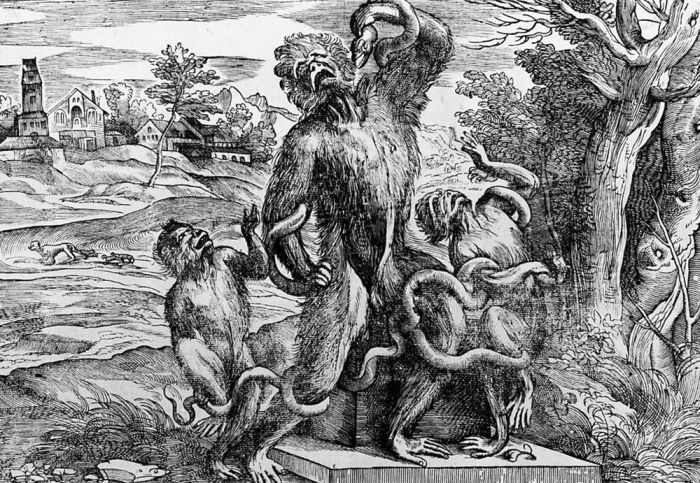In chapter XIII of Alessandro Manzoni’s I promessi sposi, Renzo, one of the two betrothed, is involved in a riot in Milan, where people, exasperated by food shortage, start assaulting the bakeries. To placate the rioters and rescue an official who risks being lynched by the crowd, the Chancellor Antonio Ferrer is forced to intervene. Manzoni represents in his portrait all the hypocrisy and duplicity of power embodied by Ferrer. While cutting through the raging crowd with his wagon, Ferrer shows a hyperbolically smiling face, «a countenance that was all humility, smiles, and affection». He also tries to enhance his intervention with gestures, «now putting his hands to his lips to kiss them, then splaying them out and distributing the kisses to right and left». Ferrer pronounces the empty keywords that are supposed to please the crowd: bread, plenty, justice. But at the end, overwhelmed by the pressure of voices, faces, and bodies surrounding his vehicle, he draws in, puffs out his cheeks, gives off a great sigh, and shows a completely different expression of intolerance and impatience. Continue reading
Tag Archives: Titian
Of monkeys and men
In 1540 Niccolò Boldrini engraved this surprising caricature after a drawing by Titian. The deformation of a renowned and deeply respected image such as the Laocoon affirms caricature as a deviation from the idealization implied in the Renaissance revival of antiquity and ridicules the obsession with the imitation of classical models of beauty, perfection, and symmetry.

Niccolò Boldrini, Caricature of the Laocoon, after Titian, 1540, National Gallery of Art, Washington D.C., public domain.
